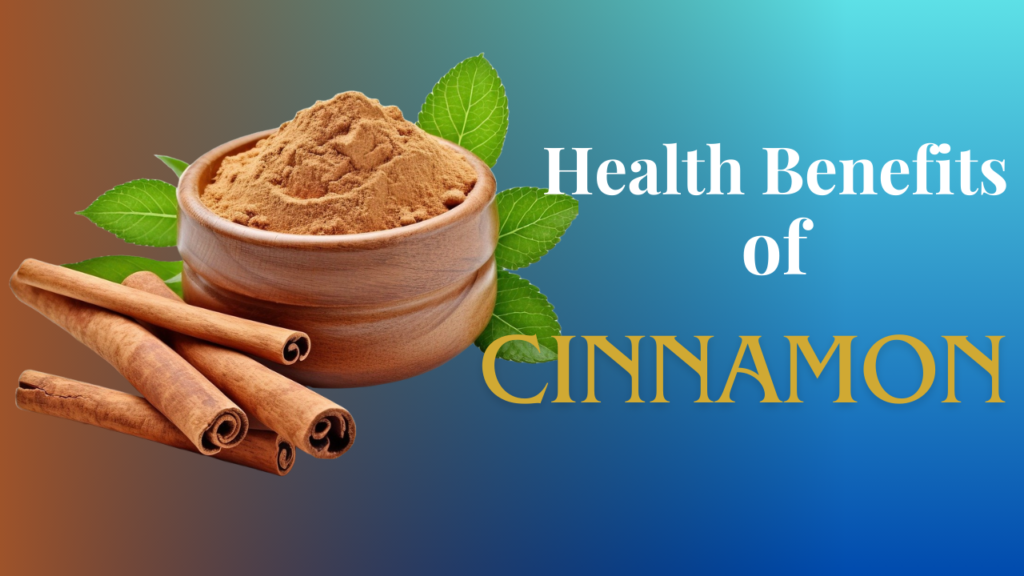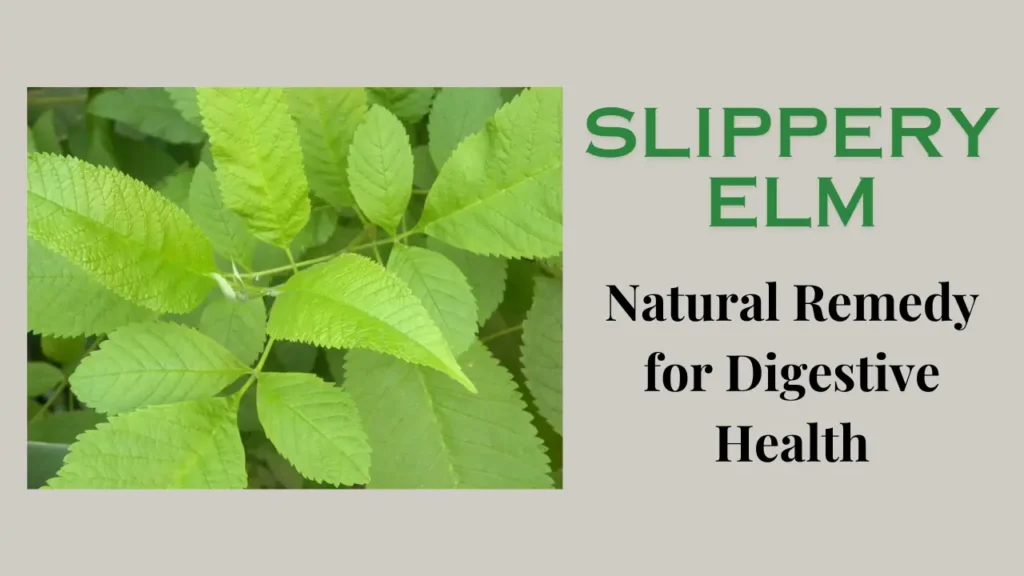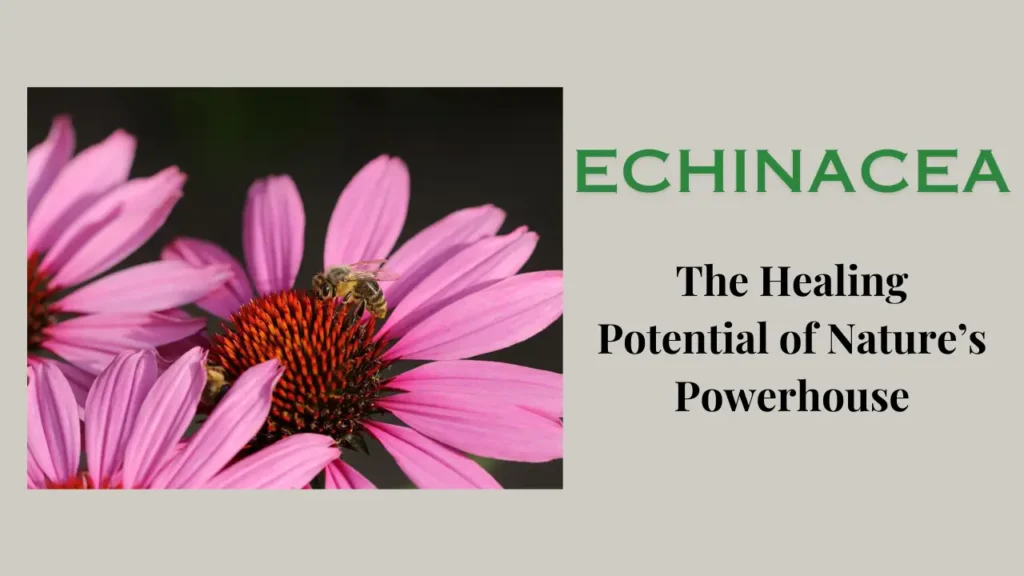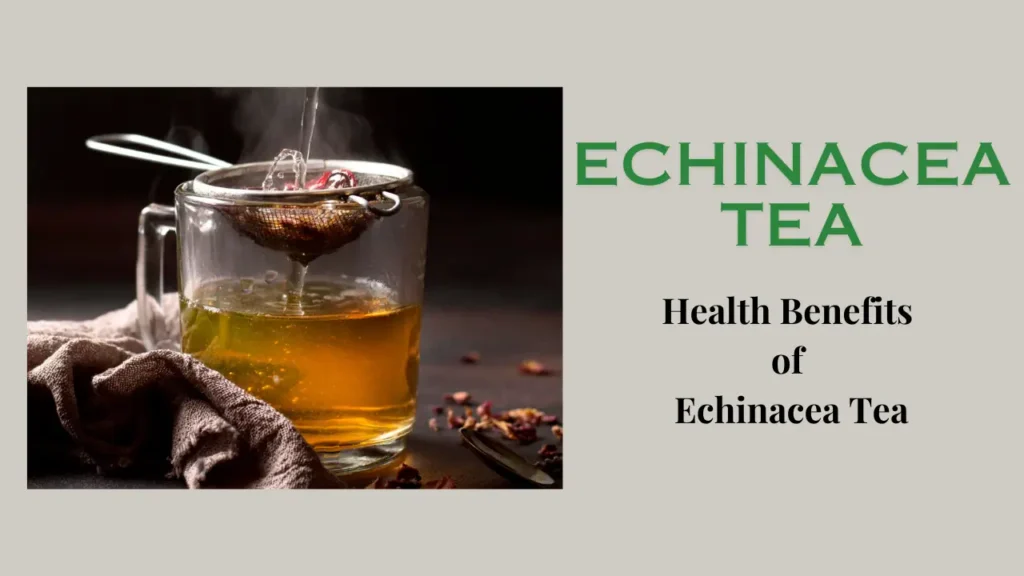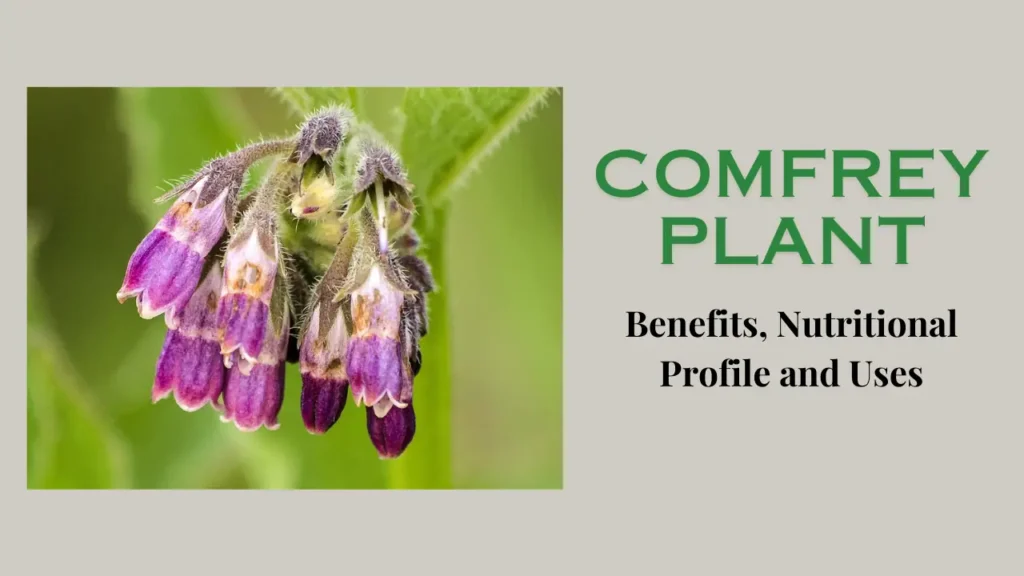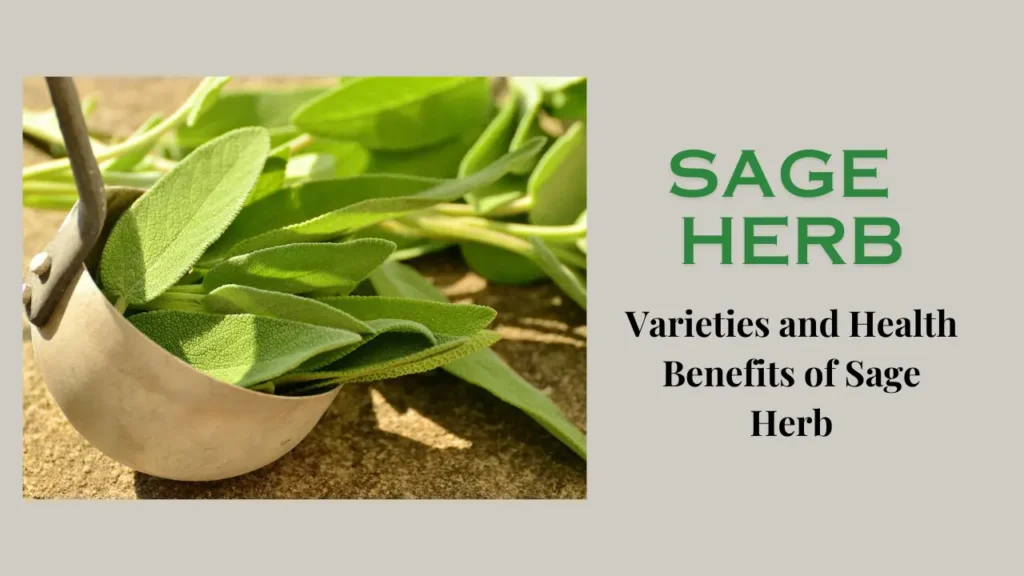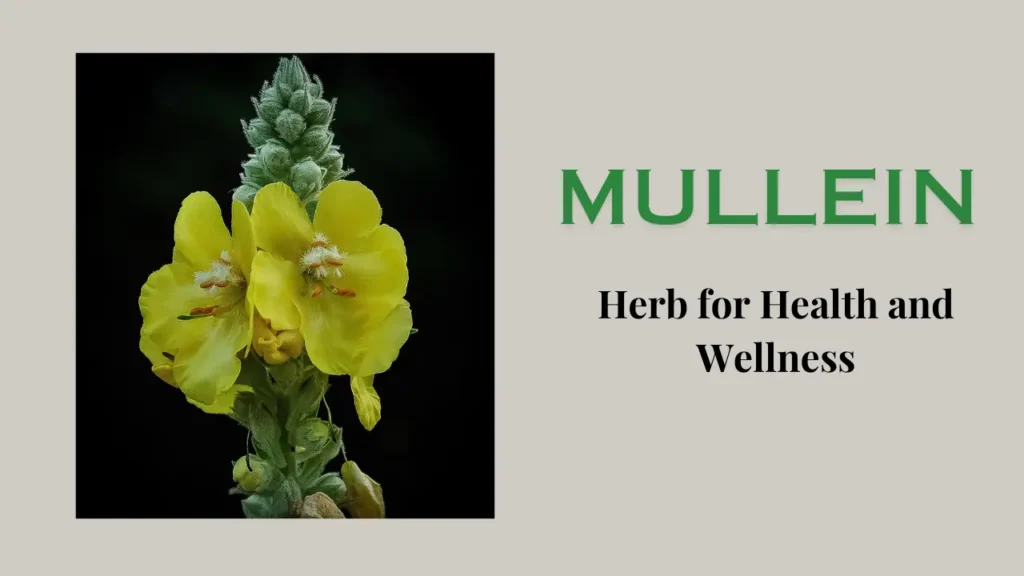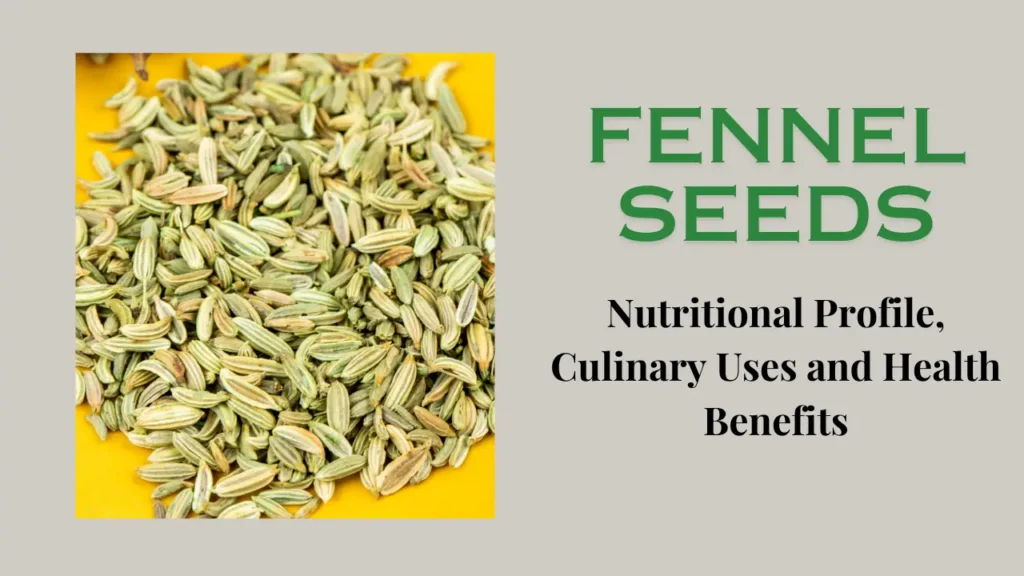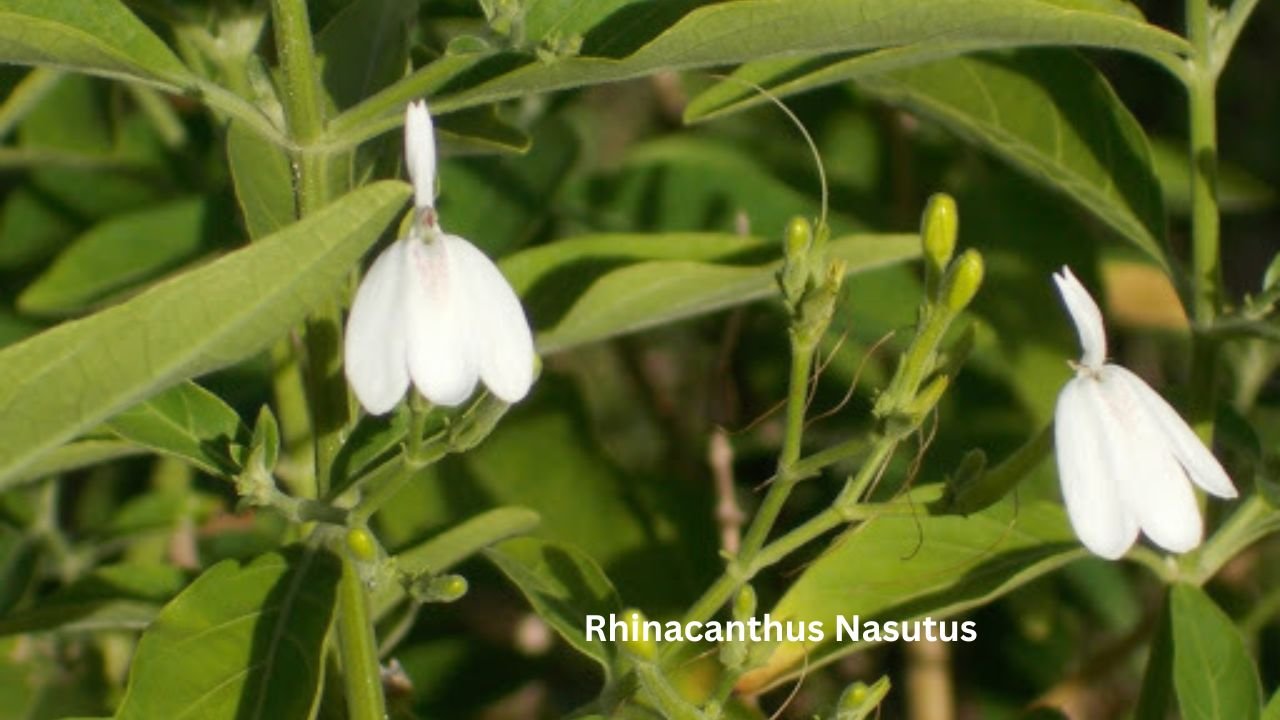
Synonyms
Habit and Habitat
Other names
Snake jasmine, Lizard tail plant
Chemical Composition
Parts Used
Properties of Rhinacanthus Nasutus
Ayurvedic Properties
- Rasa (taste): Tikta (bitter), Kashaya (astringent)
- Guna (qualities): Laghu (light), Ruksha (dry)
- Virya (potency): Sheeta (cooling)
- Vipaka (post-digestive effect): Katu (pungent)
- Valuable herb for balancing the body’s doshas.
Therapeutic properties
- Anti-inflammatory
- Antioxidant
- Antimicrobial
- Anticancer
- Hepatoprotective
- Immunomodulatory
- beneficial for treating a wide range of health conditions, from skin ailments to chronic diseases.
Health Benefits of Rhinacanthus Nasutus
- Take care of skin health: It has anti-inflammatory and antimicrobial properties making it beneficial in treating various skin conditions like acne, eczema, and psoriasis. It reduces inflammation and helps promote skin healing by fighting bacterial infections.
- Support liver health: Rhinacanthus nasutus has hepatoprotective properties, making it beneficial for the liver. It helps protect the liver from damage, improves liver function, and aids in detoxification.
- Boosts Immunity: It has immunomodulatory properties that help strengthen the immune system. This makes the body more resistant to infections and diseases.
- Anti-cancer properties: Preliminary studies suggest that Rhinacanthus nasutus may have anti-cancer properties, inhibiting the growth and spread of cancer cells in various types of cancer.
- Anti-aging properties: The antioxidant properties of Rhinacanthus nasutus help fight oxidative stress and free radical damage. These slow down the aging process and promote overall longevity.
Uses of Rhinacanthus nasutus
- As herbal tea: Herbal tea is made using the leaves and stems of Rhinacanthus nasutus, consumed for their medicinal properties.
- Topical Preparations: Its extracts and oil are used in topical preparations such as creams, lotions, and ointments to treat skin conditions.
- As a supplement: Some people also use it in supplement forms such as capsules, tablets, and tinctures. Its health benefits are in a more concentrated form.
- In Ayurvedic Formulation: In Ayurveda, Rhinacanthus nasutus is used to treat specific health conditions and promote overall well-being.
Conclusion
Rhinacanthus nasutus is known for its rich history and medicinal properties. From Ayurvedic properties to diverse therapeutic benefits, this herb offers a holistic approach to health and wellness. You can use it in any form but it is important to consult a health care professional before adding any new herb to your health routine.
Remember, before starting any new wellness regimen, it’s always best to consult with a healthcare professional to ensure it is suitable for your specific needs and circumstances.
Naphthoquinones: These are the most prominent compounds in which Rhinaxanthin A, B, C, D, and other compounds are found. Apart from this, other compounds like flavonoids, benzenoids, coumarins, anthraquinones, quinones, glycosides, carbohydrates, triterpenes, sterols, and methyl-α-D-galactopyranoside have also been identified.

